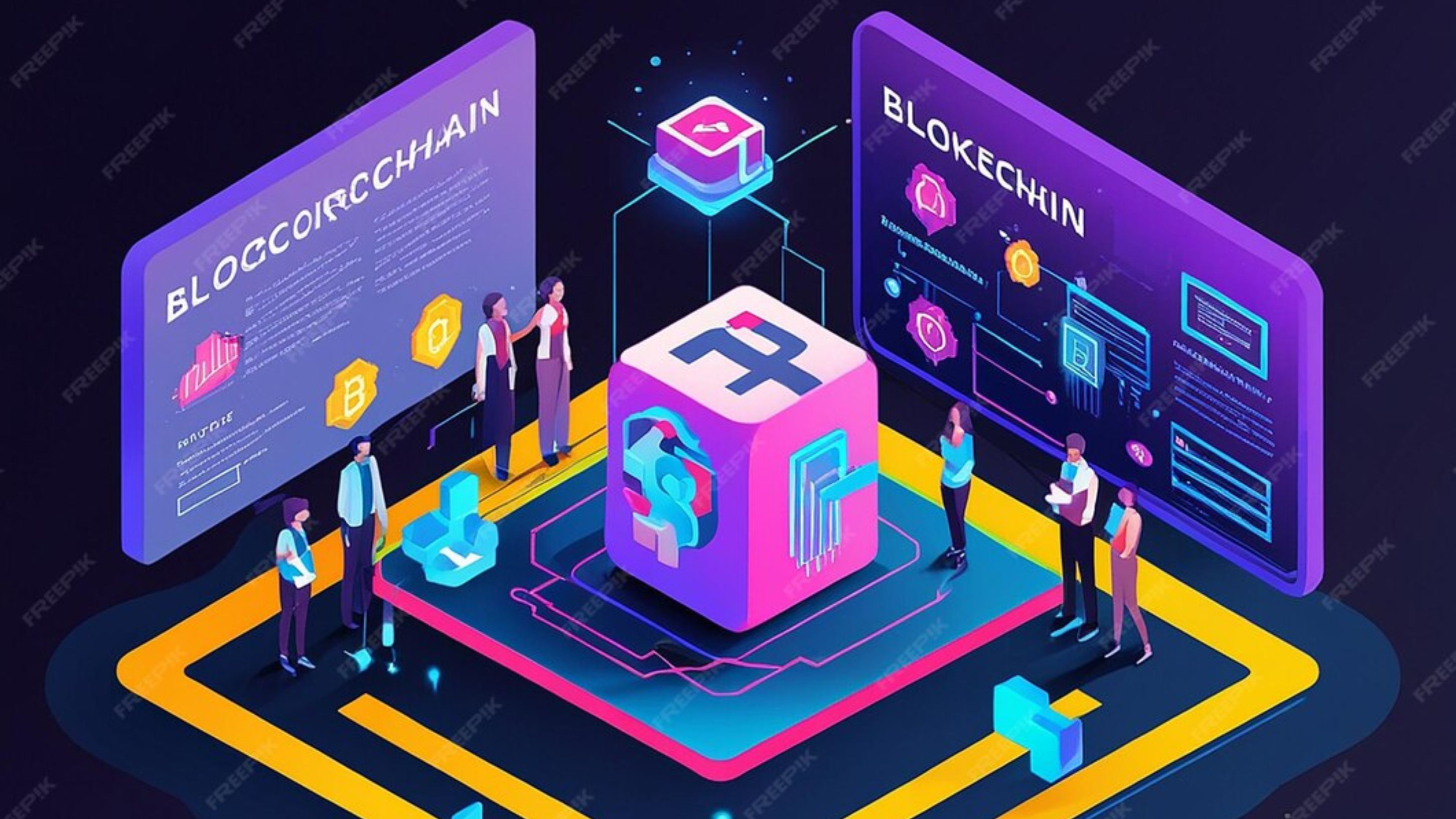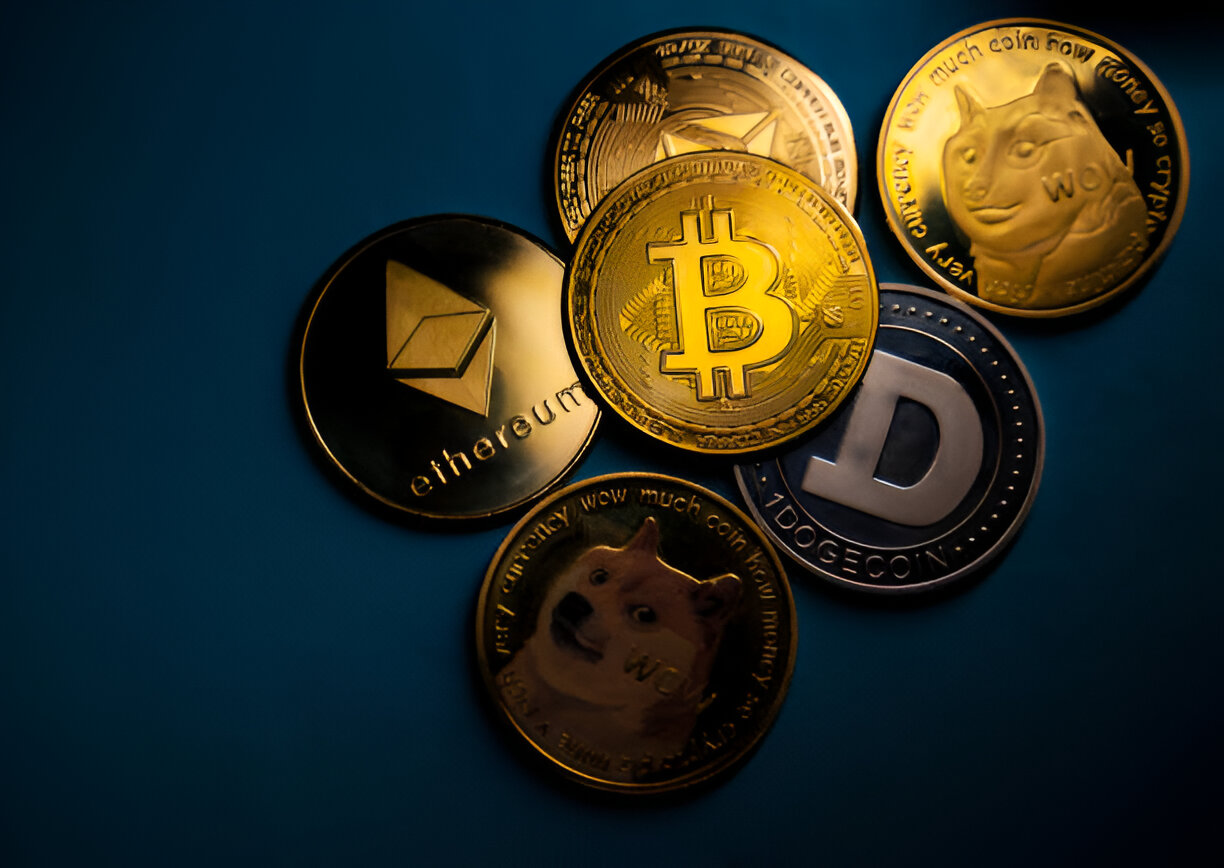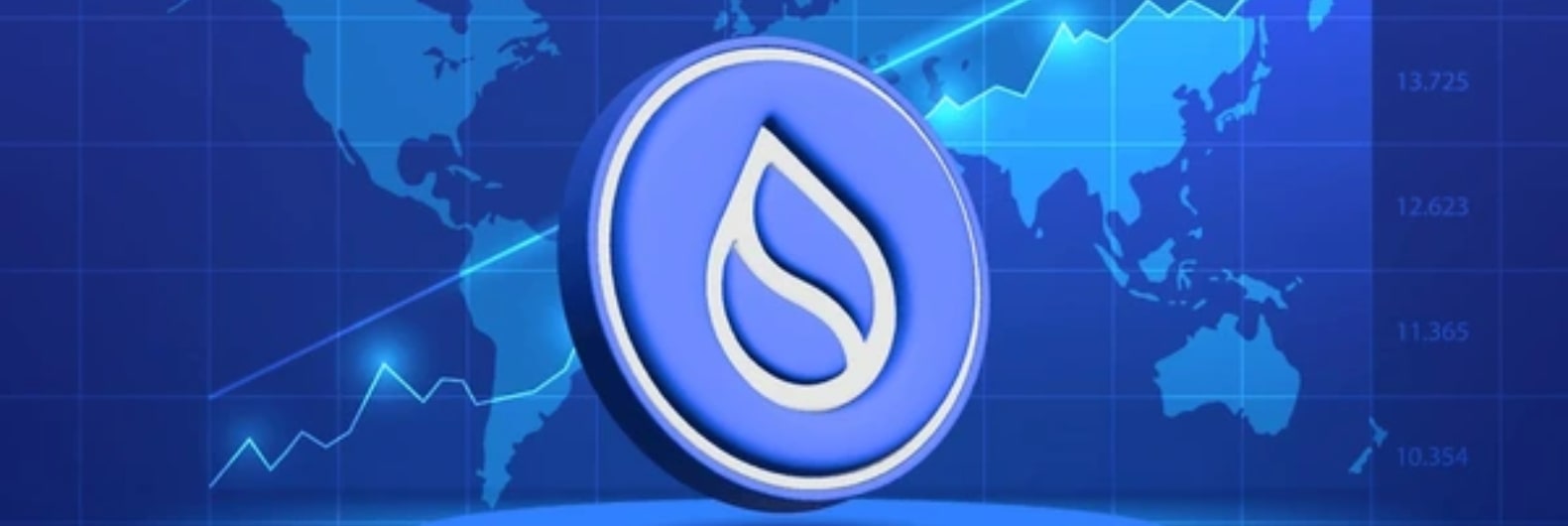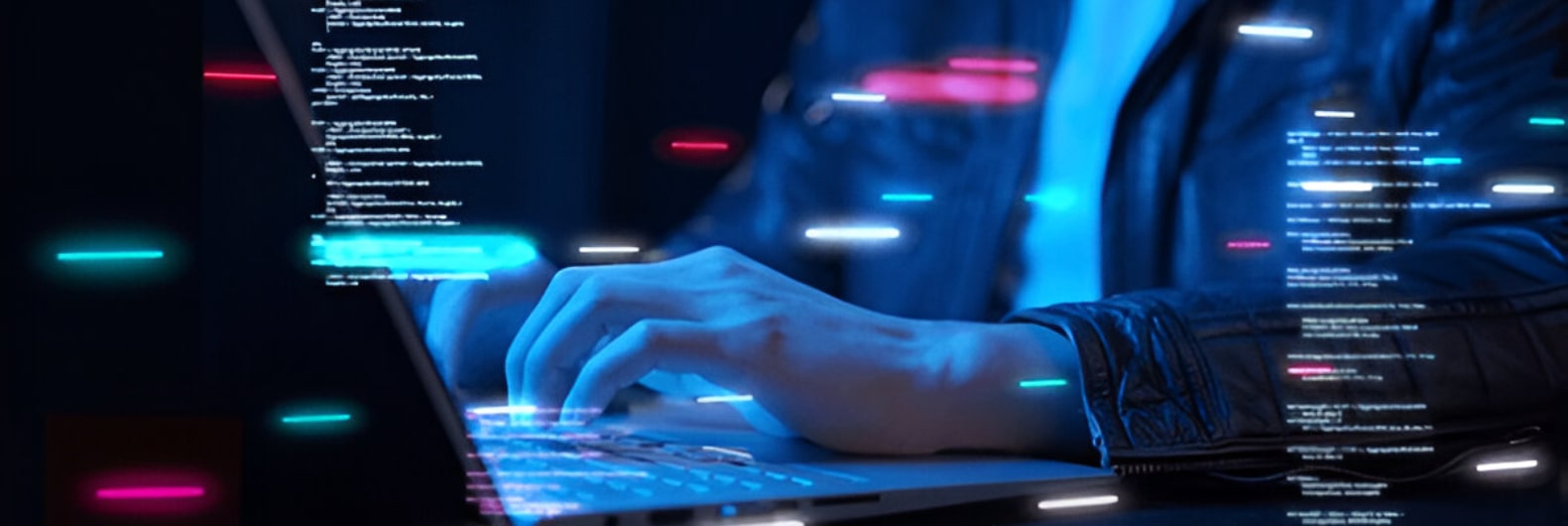Decentralised application (dApps) that is built on blockchain technology have the power to revolutionise the way we interact and transact on the internet.
Not only do they offer tons of features such as increased security, transparency, and immutability, but they also offer the ability to operate without the need for a central authority. With a decentralised application that’s made with blockchain technology, users have more control over their data and assets, which can lead to new business models and revenue streams.
While that’s just an overview of what decentralised applications are that are made with blockchain technology, there’s a lot more that it has to offer, and if you are wondering what they are, you came to the right place.
In this article, we are going to dig deep into the world of dApps and know what type of benefits they have to offer!
What Are Decentralised Applications?
Before we get to the main point, it is necessary for you to understand what decentralised applications are.
dApps, which are better known as decentralised application, is a new type of software program that operates on a decentralised network, which often uses blockchain technology. Unlike traditional applications, which are typically run and controlled by a single entity, such as a corporation or government, decentralised applications have no central point of control. Instead, they run on a peer-to-peer network of computers, creating a more open, secure, and transparent system.
As we mentioned before this, decentralised applications (dApps) are made with blockchain technology and are digital applications that run on a decentralised network. They are specifically designed in a way that allows them to be secure, transparent, and open, and are typically built using blockchain protocols such as Ethereum, EOS, TRON, and others.
Another thing about decentralised application is that they are made up of various components, which include smart contracts. These are self-executing programs that enforce the rules and conditions of the application. Most of the time smart contracts are stored on the blockchain, making them transparent and tamper-proof.
The thing about dApps is that they also use decentralised storage solutions, such as IPFS or Swarm, to store and distribute their data, making them more resilient against data breaches and downtime. Not only that but dApps are also designed to use decentralised protocols to reach consensus and validate transactions. For example, they may use proof-of-stake or proof-of-work algorithms to secure the network and validate transactions.
In short, decentralised applications are made using a combination of blockchain technology, smart contracts, decentralised storage, and consensus protocols to create a secure, transparent, and open platform for users and developers.
What Is The Difference Between Centralised And Decentralised Apps?
A centralised app is a type of application that relies on a central server or database to store and process data. This central point of control is responsible for managing and controlling access to the data, and it is typically owned and operated by a single entity. Examples of centralised apps include traditional web apps and mobile apps that you can use on the internet. On the other hand, a decentralised app, which is also known as dApps, is a type of application that uses a distributed network of computers to store and process data. This network is typically decentralised, meaning that there is no central point of control and the data is spread across multiple nodes in the network. Decentralised applications typically use blockchain technology, which is a decentralised and distributed ledger technology that uses cryptography to secure transactions and ensure their integrity.
The key difference between centralised and decentralised apps is the way they store and process data. Centralised apps rely on a central server or database, while decentralised apps use a distributed network of computers. As a result, decentralised apps are more resilient to censorship and less prone to failure, as there is no central point of control that can be targeted to shut them down. dApps also offer increased security and transparency, immutability, trustless interactions, interoperability, and tokenization, which can be beneficial for various use cases. Also, all the data that’s stored on dApps are tamper-proof.
Advantages Of Decentralised Applications Made With Blockchain
Decentralised applications (dApps) built on blockchain technology have several advantages that make them unique and appealing for various use cases. Here are some of the many advantages of decentralised applications:
Decentralised Nature
The best thing about dApps is that they are not controlled by a single entity, which means that they are more resilient to censorship and less prone to failure. Unlike traditional applications that rely on a central server or database, dApps use a distributed network of computers to store and process data. This means that even if one node or computer in the network goes down, the dApp will still be able to function. This decentralisation also makes dApps resistant to censorship, as there is no central point of control that can be targeted to shut them down.
Security
Another thing about dApps is that they use blockchain technology, which ensures that the data that’s stored on its servers are secure and cannot be tampered with. Basically, blockchain is a decentralised and distributed ledger technology that uses cryptography to secure transactions and ensure their integrity. This means that once data is recorded on a blockchain, it cannot be altered or deleted, making it tamper-proof.
Transparency
All the transactions that are carried out on a blockchain are recorded and can be viewed by anyone, making them transparent. This feature makes dApps suitable for use cases where transparency and accountability are important, such as supply chain management, voting systems, and public record keeping.
Immutability
As we mentioned before, once something is recorded on a blockchain, it cannot be altered, providing a permanent record of all transactions. This feature can be useful in various use cases such as digital asset management, provenance tracking, and other scenarios where maintaining an unchangeable record is important.
Trustless
dApps can facilitate trustless interactions between users, eliminating the need for intermediaries. In traditional systems, trust is established through intermediaries such as banks, lawyers, and governments. But with dApps, trust is established through the decentralised network and cryptography, which can reduce costs and increase efficiency.
Interoperability
Decentralised applications can interact with other dApps on the same blockchain, creating new possibilities for innovation and collaboration. This feature can be useful in creating decentralised ecosystems where different dApps can share data and functionality, which in turn can create new use cases and business models.
Tokenization
These types of applications can use blockchain tokenization feature, which can be used for many different purposes such as fundraising, access control, and more. Tokenization allows for the creation of digital assets that can be traded, exchanged, or used for other purposes, creating new opportunities for businesses and users.
Conclusion
Decentralised application offers enhanced security compared to traditional centralised systems, as they are not dependent on a single server or entity, reducing the risk of data breaches and hacking.
By utilising blockchain technology, dApps provide a transparent ledger of transactions, making it easier to track and verify the information. Also, decentralised applications give users greater control over their data and assets, as they are not reliant on a centralised authority. Decentralised applications currently have the potential to revolutionise various industries, from finance to gaming and beyond, the amount of things that they can do is amazing. It provides more efficient, secure, and transparent solutions when compared to centralised applications.
Lastly, decentralized applications represent a significant step forward in the development of online applications and have the potential to have a lasting impact on the way we interact with technology.















